Each year, 900,000 Americans are diagnosed with either deep vein thrombosis (DVT) or a pulmonary embolism (PE), which can be potentially life-threatening if it blocks blood flow to the lungs. We spoke to Center for Vein Restoration (CVR) vein expert John Rossi, MD, lead physician in CVR’s Mechanicsburg, PA, clinic location. Dr. Rossi is a board-certified surgeon and phlebologist with over three decades of experience treating the many forms of venous disease (vein disease).
However, PE can be prevented if DVT is found and treated early. Standard treatment for DVT includes blood thinners administered via an IV or pill form. Alternatively, thrombectomy and thrombolysis may be the best option. These are two alternatives to removing or dissolving blood clots. Your vascular specialist can explain which option is best for you, but let’s first explain the two methods so you can feel prepared when speaking with your doctor.
DVT symptoms & risk factors
Clots form as a result of blood cells clumping and blocking blood flow. Age, obesity, a sedentary lifestyle, smoking, and taking birth control pills can raise your risk of DVT. Suppose you have injured your leg and cannot move due to an extended hospital stay. Your chances of developing DVT also increase. In addition, studies have indicated varicose veins may be a precursor to blood clots, as pooling blood is more prone to clotting.
DVT symptoms include swelling, cramping, and soreness at the site of the clot in the leg. The skin around the clot may also change color and feel warm to the touch. If you notice any of these symptoms, notify your doctor immediately. Treatment may include blood thinners, thrombolysis, and thrombectomy.
Thrombectomy vs. thrombolysis
As the name suggests, blood thinners, or anticoagulants, thin the blood to stop the clot from getting more significant. However, blood thinners do not break up or remove the clots. Your body does that in many instances, over time, on its own. That is where a thrombectomy or thrombolysis comes into play, as clot lysis or removal is sometimes necessary more acutely.
Thrombectomy. Thrombectomy is the surgical removal of the clot. A vascular surgeon will make an incision and then thread a catheter through the vein to extract the clot. A balloon may be inflated in the vein to remove any remaining pieces of the clot. The surgeon may also place a stent in the blood vessel to keep it open.
This procedure is typically reserved for larger clots causing severe symptoms, or ones causing damage to surrounding tissue. Any surgery involves risks, and a thrombectomy is no different. Excessive bleeding, damage to the vein, and infection could follow the operation, but these side effects are rare. Your doctor can discuss the possibility of post-operative risks in more detail.
Thrombolysis. Also designed to remove a clot, however, thrombolysis starts with a catheter insertion. The doctor then injects clot-busting medication through the catheter to dissolve the clot.
Even after a clot is removed, some patients experience post-thrombotic syndrome, which is persistent pain and swelling in the leg where the clot was. Some studies have shows that successful thrombolysis slightly reduced the incidence of post-thrombotic syndrome. You may see a slight increase in bleeding after the procedure, so this therapy is not recommended for those on blood thinners.
Meet Dr. John Rossi
Dr. Rossi is a Mosby Scholarship Award winner for Academic Achievement in Studies. He is a member of the American College of Surgeons, American College of Phlebology, Pennsylvania Medical Society, and Society of Diplomats.
During his distinguished career, Dr. Rossi has served as the Chairman of the Department of Surgery and as a Clinical Assistant Professor of Surgery at Pennsylvania State University. He has authored or co-authored several publications in surgery, vascular surgery, and vein disease.
Schedule with Dr. Rossi
To schedule with Dr. Rossi or any of CVR's board-certified physicians near you, call 240-965-3915 to speak to a dedicated Patient Services Representative or schedule online.
Mechanicsburg
2025 Technology Parkway
Suite 304
Mechanicsburg, PA 17050

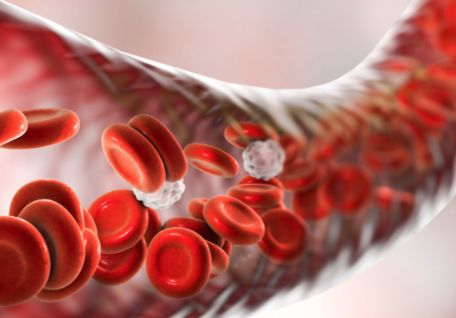 About Vein Disease
About Vein Disease
 Spider Veins
Spider Veins
 Varicose Veins
Varicose Veins
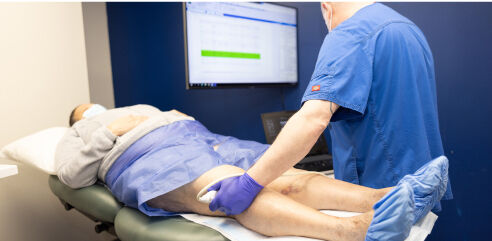 Vein Disease Treatments
Vein Disease Treatments
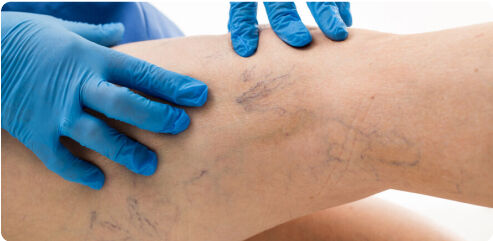 Treating Spider Veins
Treating Spider Veins
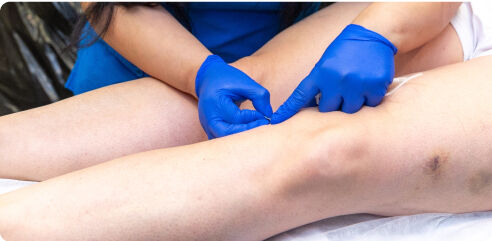 Treating Varicose Veins
Treating Varicose Veins
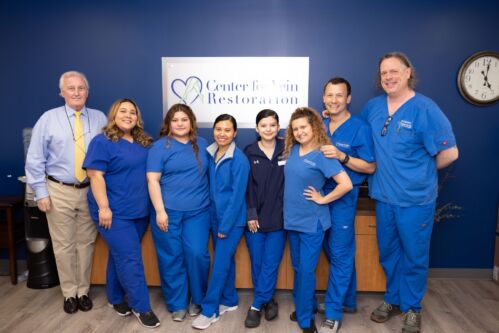 About Us
About Us
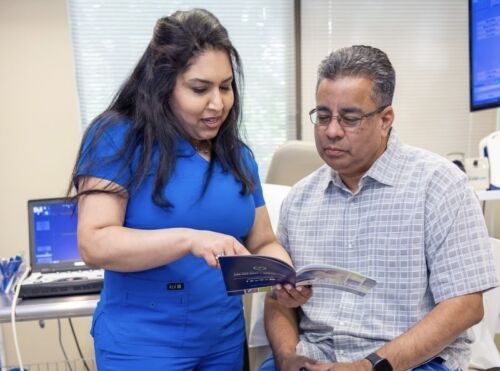 Patient Resources
Patient Resources
 Physician Resources
Physician Resources


